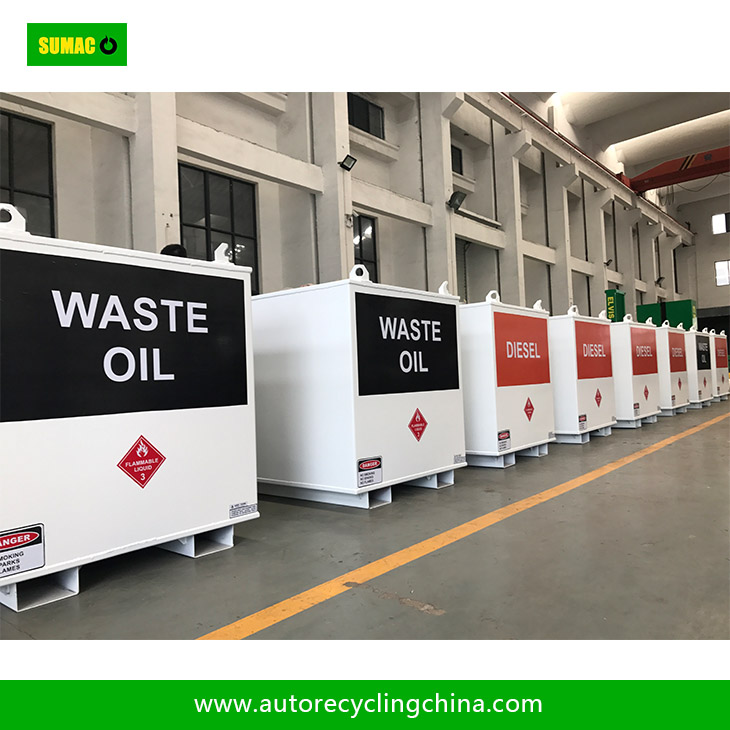How to repair a damaged gasoline tank
2025-05-12
Leave a message
When a gasoline tank is damaged, several steps can be taken for repair, but safety should always be the top priority.
First, ensure a safe working environment. Move the vehicle to an open, well - ventilated area away from any sources of ignition, such as open flames or electrical sparks. Empty the gasoline tank completely, either by siphoning out the fuel into an approved storage container or running the engine until it stops.
For minor damage like small holes or cracks, one option is to use a fuel - resistant epoxy putty. Clean the damaged area thoroughly with a degreaser and sandpaper to remove any dirt, rust, or paint, creating a rough surface for better adhesion. Then, apply the epoxy putty according to the manufacturer's instructions, pressing it firmly into the hole or crack and smoothing the surface. Allow it to cure completely before refilling the tank.
In cases of more significant damage, such as large holes or dents that affect the tank's structural integrity, replacing the damaged section might be necessary. This requires precise cutting of the damaged part using a hacksaw or other suitable cutting tools. After that, obtain a replacement section that matches the size and material of the removed part. Weld or use a suitable adhesive designed for gasoline - resistant materials to attach the new section. Welding should be done by a professional, as gasoline vapors are highly flammable and pose a significant explosion risk.
If the damage is extensive or the repair process seems too complicated, it is advisable to replace the entire gasoline tank. New tanks can be purchased from auto parts stores or directly from the vehicle manufacturer. When installing a new tank, make sure to connect all hoses, lines, and sensors correctly, and conduct a thorough leak test after refilling the tank with a small amount of fuel to ensure proper functionality and safety.


